Learning your way to a successful strategy
Business Agility, Leadership, Lean Agile Procurement.
Feb 09, 2024 · Anthony Boobier
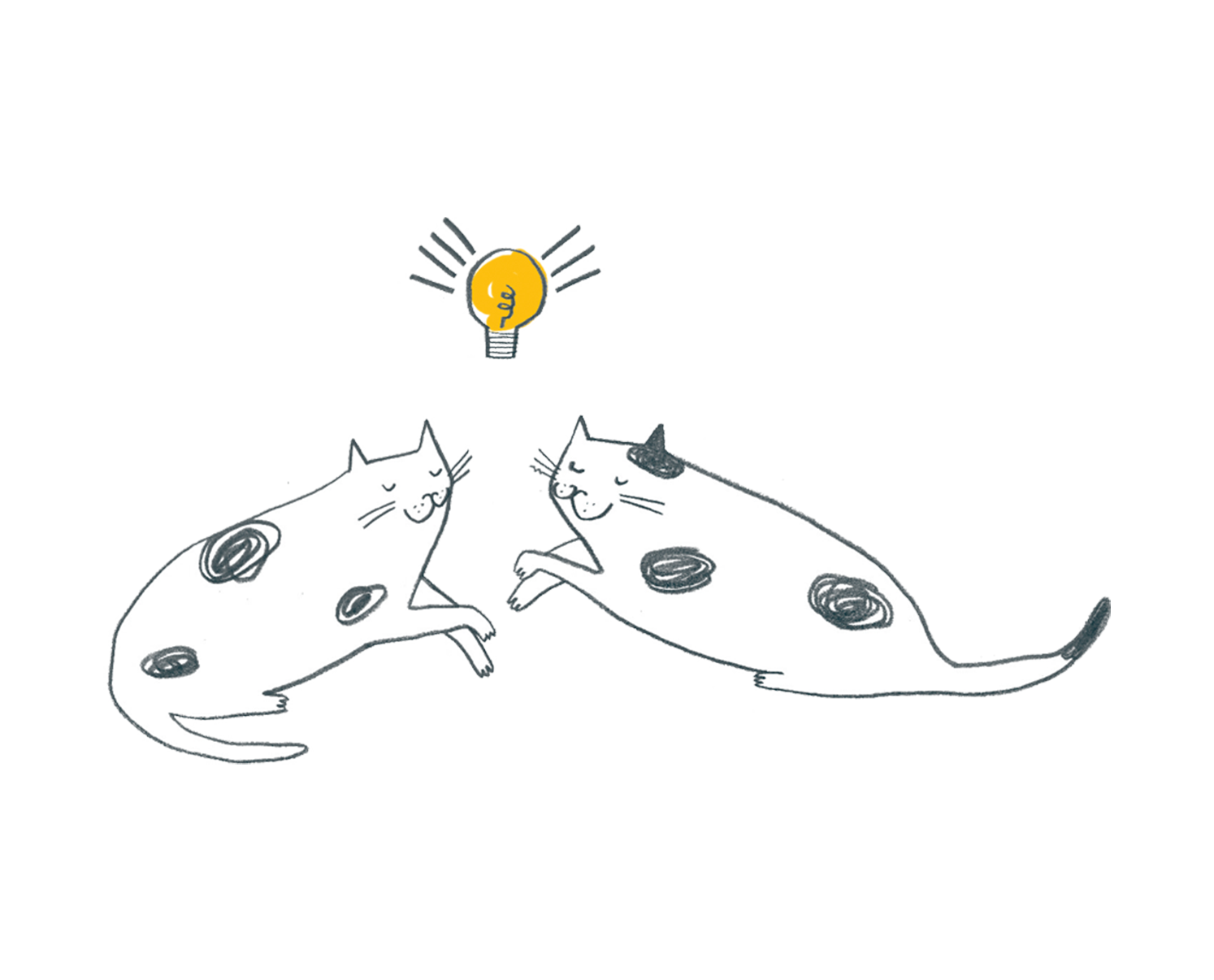
I get frustrated when I hear people talk about strategy, and then think they are done when they have come up with a vision and objectives. To me that is a mere platitude. I agree with Richard Rumelt that a good strategy is an “effective mix of thought and action”.
Strategy needs both, but it also needs an approach to link the two together. That’s where the 'Basic rule of strategy' from Dixit and Nailbuff comes in: “Look ahead and reason back”. It’s about anticipating where your initial actions will lead, and then using data to make the best decisions to get you there.
This concept is captured brilliantly by John Braddock in the Spy’s guide to strategy, which builds on the concept that strategy is a mix of imagination, reasoning, and action.
However, imagination is not a guarantee of success, even when you include reasoned action. This is why I add a fourth to the mix, that of ‘Learning’. We operate in a complex and uncertain environment, so it's important we get empirical feedback to assess whether our strategy is working; and if it isn’t, what do we need to do about it?
These four steps break down as follows:
Step1: Imagine forward
The first step is an act of imagination. Establishing the vision and objectives of a desired future state, that will inspire and define the challenge ahead.
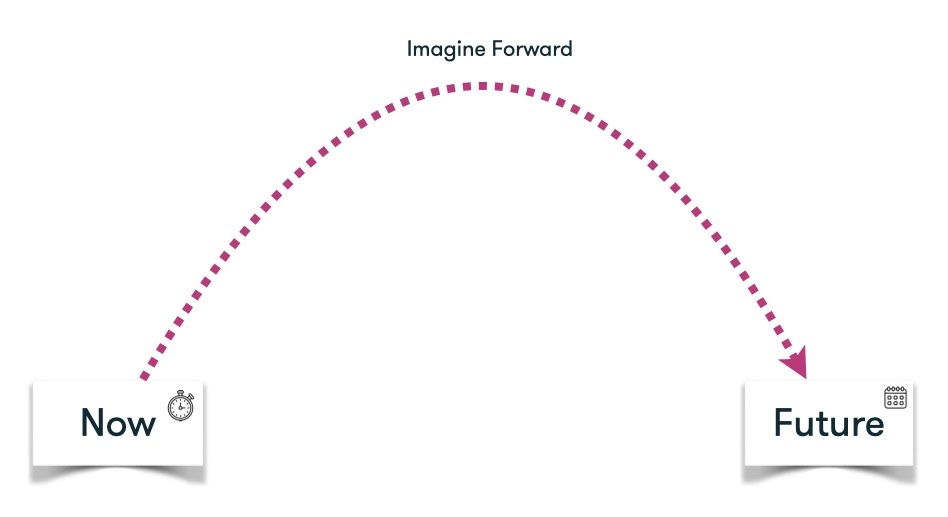
Fig 1: Step 1 'Imagining'
Don’t get fixated on that desired future state though, or you will get trapped in what Gabrielle Oettingen calls a ‘positive fantasy’. Her research has shown that imagining the desired future triggers the sort of relaxation that would normally accompany its actual achievement. The hard part is not defining a future state, it’s working out how you could get there, then having the discipline to start to move toward it. This is where the next steps come in.
Step 2: Reason backward
To strive for a ‘Future’, you need to understand the ‘Now’ and create an overall cohesive approach. Switch to using logic to draw conclusions based on facts and assumptions. How might you make steps toward that desired future? This involves what is called a ‘dual strategy model of reasoning’, using counterexamples (mental models of what could happen) and statistical probabilities (what is the likelihood of that occurring).
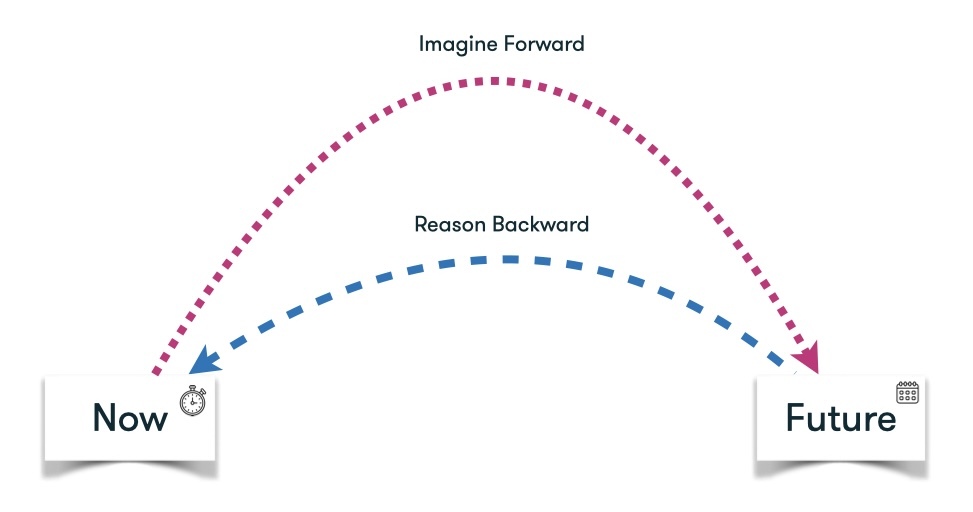
Fig 2: Step 2 'Reasoning'
Using that approach to reasoning, I break this step down into two main areas:
1. Understanding the Now state
What is happening right now? What is the current condition?
Why might those things be happening? Why are things the way they are?
2. Understanding how we might get from the Now to the Future state
How will you measure progress?
What obstacles lie in the way? What options are there?
What assumptions do you have, what is their risk and what evidence do you have for them?
What could you do next? What is feasible?
Remember you have still not achieved anything yet! You will now need to take action, through focusing effort and energy to make steps toward that desired future state.
Step 3: Take Action
Now shift to action, get tactical and actually build and do something. It’s all about turning those reasoned decisions into a small set of coherent actions that will actively move you closer toward your desired future state.
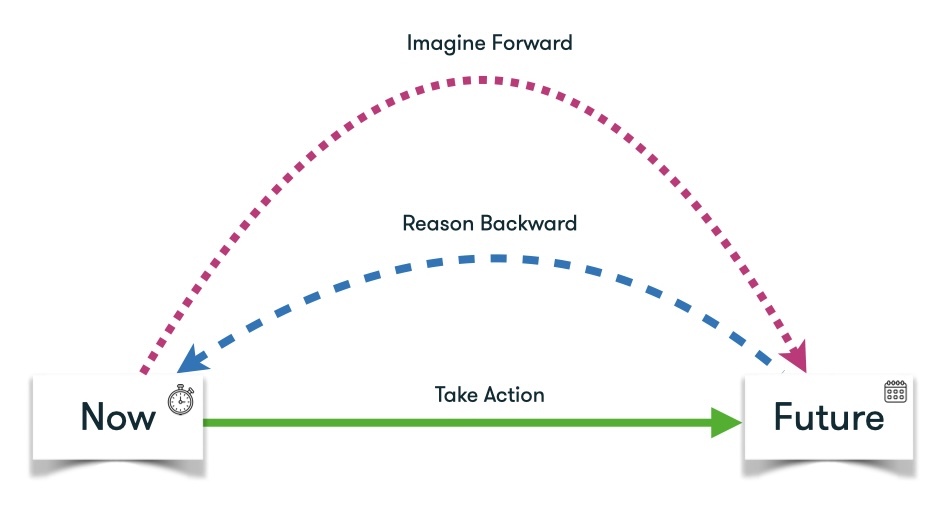
Fig 3: Step 3 'Action'
These 3 steps by themself are not enough though, as a strategy is not a predictable plan. There is a need to learn and adjust as we take action and gain feedback. This brings much needed agility to our strategy, this is why I add a fourth step to this model.
Step 4: Learn from Feedback
In a complex and uncertain environment, we need to get feedback from the actions we undertake to establish if we are making progress toward the desired future. To enable that, I add this fourth step that creates a Build-Measure-Learn empirical feedback loop. The ‘Build’ Action step feeds back into the ‘Measure’ and ‘Learn’ of the ‘Reason’ step, which helps encourage a data led, experimental mindset to strategy.
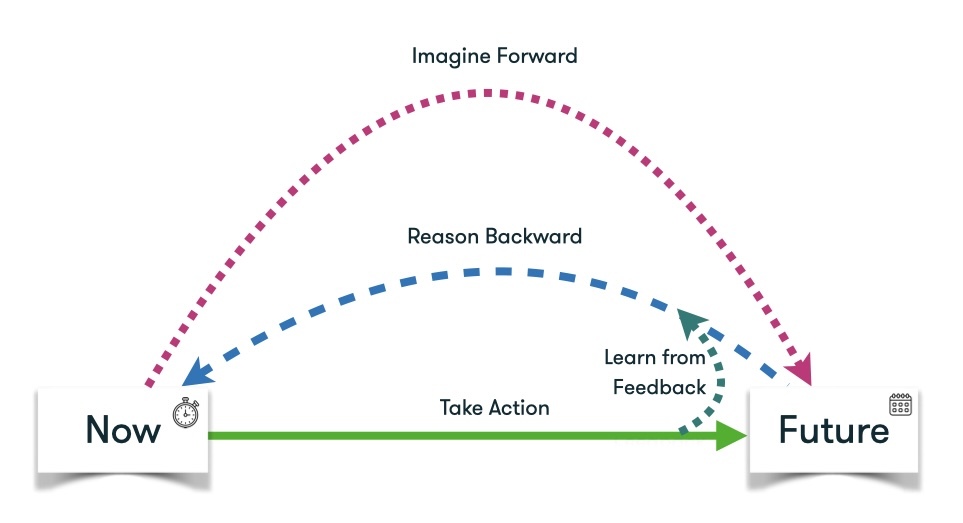
Fig 4: Step 4 'Learning'
Conclusion:
Strategy is about mixing Imagination, Reasoning, Action and Learning into a cohesive whole. Strategy needs all these things to be successful, specifically reasoned action with regular feedback learning loops, all within the context of a clear purpose. To paraphrase a Morris Chang quote - ‘Without purpose, action is aimless. Without action, purpose is useless’; and without feedback and learning you will never know if your action is ever achieving its purpose.